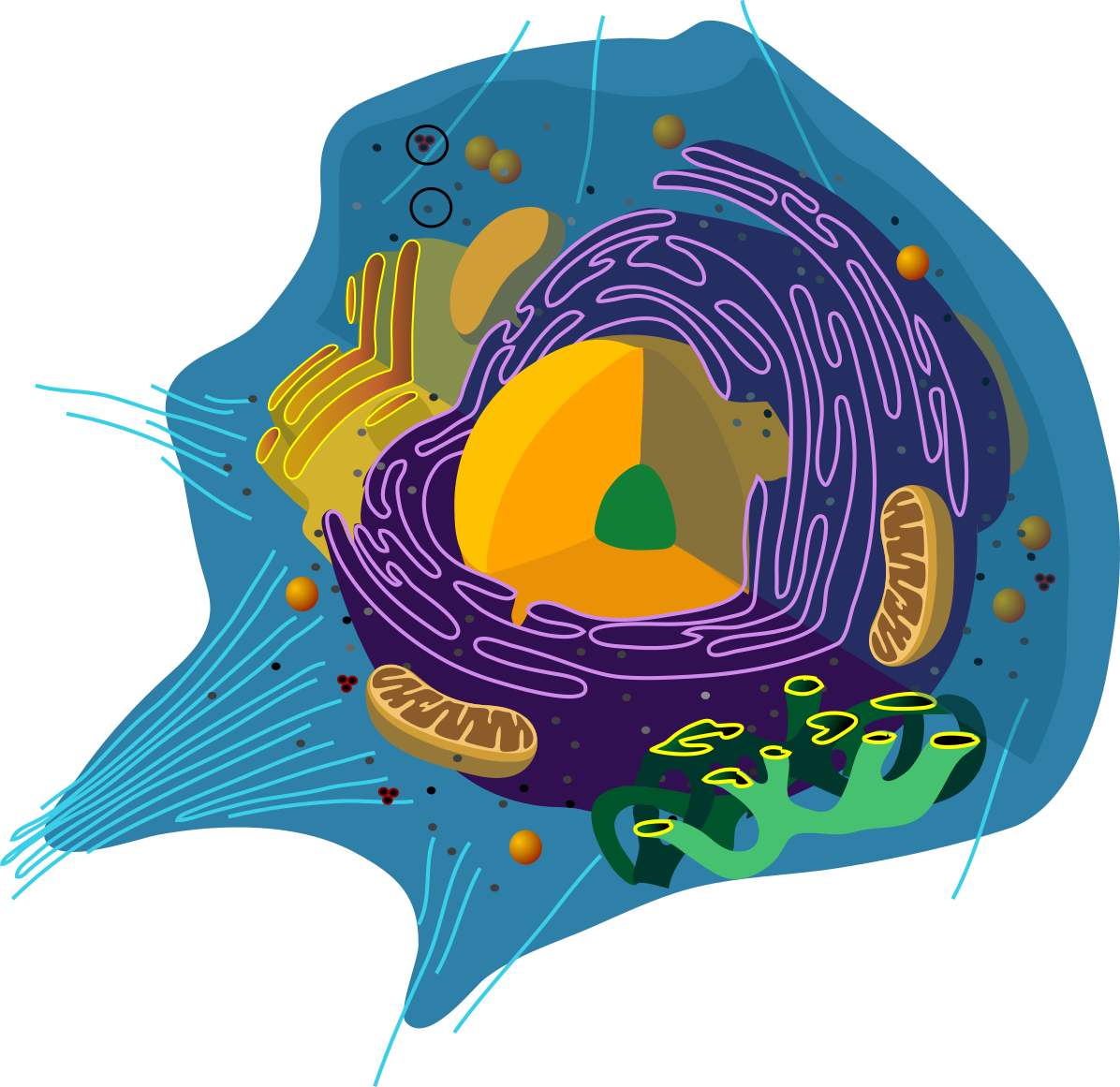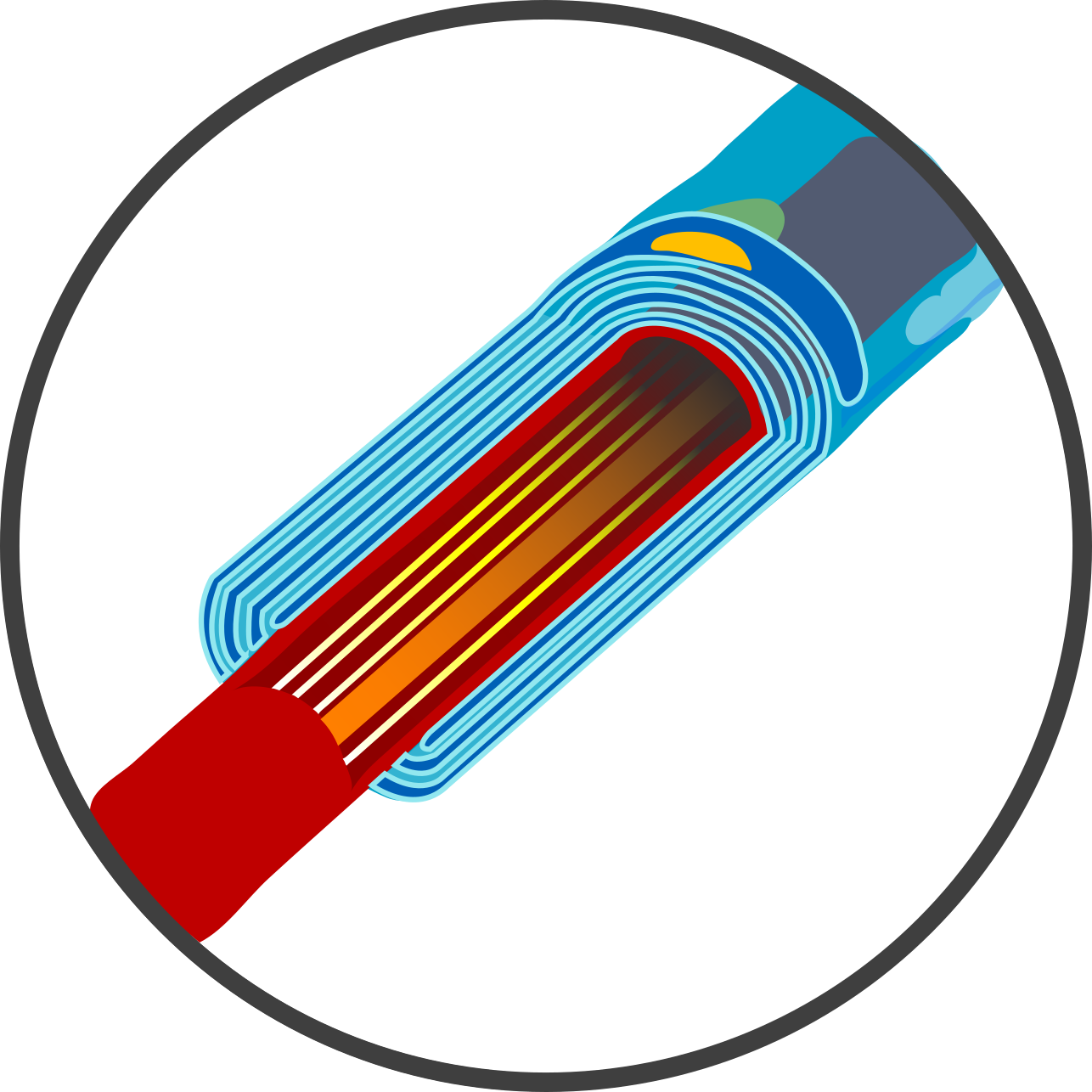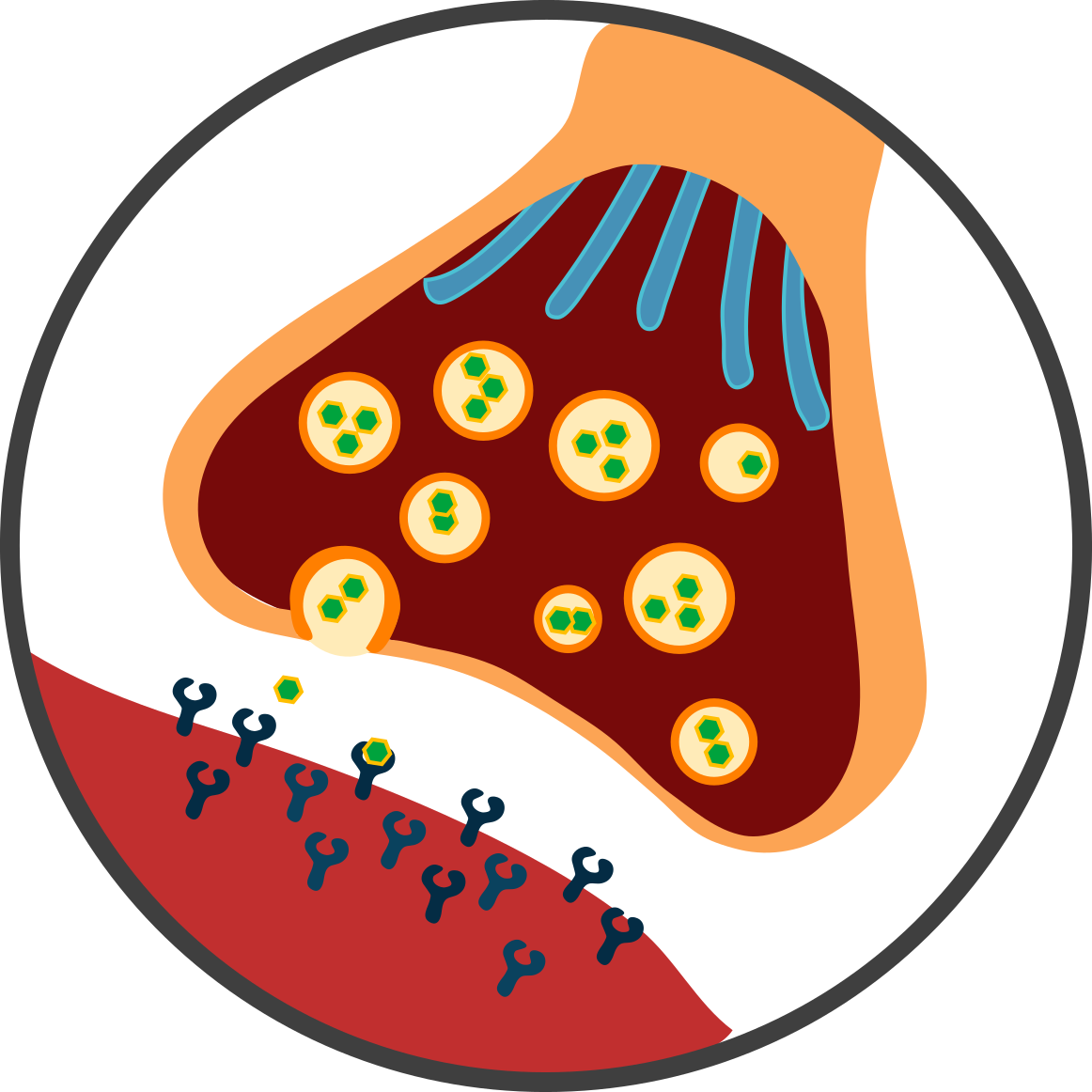🔧 Une Fabrique Personel de Savoirs#
Page Infos:
- ✍️ Vincent Deguin
- 🕑: 20 min
- 🛠️ 05/04/2024
- Finished: ❌
- Reviewed: ❌
Introduction: J’aimerais créer un outils de prise de note et d’idéation qui s’appuie sur des technologies open source pour donner aux gens l’opportunité de créer leur propre base de donnée de connaissances.
To do
- checker semantic tag implementation
Introduction#
Bien! Nous savons désormais aggréger l'information, voyons comment la traiter pour générer des Connaissances et Batir des Savoirs
Définitions
Etats des lieux
J’aimerai qu’on s’arrète quelques instants pour disséquer nos pratiques étudiantes avec David Louapre de la chaine youtube ScienceEtonnante
Voyons plus en détails les concepts abordés dans la vidéo
Plus d’info
L'Ingénieurie Pédagogique
Ingénieurie pédagogique
L’ingénieurie pédagogique est un concept que j’ai découvert il y a peu. Reprenons les différents éléments de la vidéo ci-dessus un a un et voyons comment on peut les implémenter sur la plateforme:
- Instructional design in English
Les différents modèles d’ingénieurie Pédagogique (in English)
The Situated Cognition Theory was first introduced by Brown, Collins, and Duguid back in 1989, but its principles are still just as applicable today. Essentially, the theory relies on active learning and the concept that you cannot separate knowing from doing. It is commonly paired with the Cognitive Apprenticeship Model, which exposes learners to realistic challenges and situations. The cornerstone of the Situated Cognition Theory is that learners must be able to apply their newfound knowledge and skills outside of the learning environment. As such, eLearning professionals and online instructors must frame each online training activity or course with real-world applications. This theory also stipulates that learning is a social endeavor that gives people the opportunity to expand their knowledge through discussions and group problem-solving tasks.
The original work detailing the Sociocultural Learning Theory was written in the early 1930s. Due to political turmoil under Stalin and translation issues, it took a long time to become widely known. The theory revolves around three critical elements. These are culture, language, and the zone of proximal development. It suggests that our environment plays a crucial part in a learner’s development. For example, peers have the power to influence how a learner thinks or feels about a particular subject.
This acronym stands for Analyze, Design, Develop, Implement, and Evaluate. The ADDIE model was first designed in 1975 by the U.S. Army by the Centre for Educational Technology at Florida State University. It is comprised of the five factors listed above, which help Instructional Design professionals tackle eLearning projects in stages. ADDIE tackles eLearning development rather than learning behaviors. It allows Instructional Designers to delve into the needs, learning objectives, and desired outcomes to create more personalized eLearning resources.
Merill’s Instructional Design theory relies on the different ways learning can be facilitated. Each phase in the learning process has an important role to play. There are four core phases of learning: demonstration, activation of previous knowledge, application, integration into real-world challenges. The approach is task-centered. In addition, this theory involves “scaffolding,” (found in gamification principles) whereby learners are gradually introduced to more complex ideas and concepts as the lesson progresses.
Discovery-based learning was introduced by Jerome Bruner, a noted psychologist. Dewey, Piaget, and Vygotsky also strongly advocated a more active, discovery-centered approach. This theory suggests that learners must play a more prominent role in the learning experience. In fact, they are encouraged to ask questions and engage in self-guided exploration. It all starts by identifying the variables, followed by gathering and interpreting the information. Then, they must formulate their own hypothesis and draw conclusions based on the data. At this point, they also have the opportunity to reevaluate their assumptions and validate or debunk their original theories.
Joseph Schwab is one of the main proponents of the Inquiry-Based Learning Theory, which involves social collaboration and problem-solving. It suggests that individuals acquire information by interacting with peers and investigating real-world challenges. Another common method of this theory is active participation in the brainstorming process. Furthermore, inquiry-based learning helps build communication, active listening, and reasoning skills.
Charles Reigeluth, an educational theorist, is the founding father of the Elaboration Theory. This theory stipulates that content should be organized and presented in a specific order. Ideally, learners must receive the most rudimentary ideas first, building up to the most complex concepts. Elaboration Theory consists of three key steps. The first is looking at the complete picture, which sums up the problem or task and emphasizes the relationship between concepts. The second is to examine the first stage or each individual competent more closely. The final step is to look at the big picture again to see how each piece fits into the puzzle.
Note
Sound like what I want to do
As the name implies, the Individualized Instruction Theory revolves around the individual and how they learn. This Instructional Design theory is the basis of “The Keller Plan” and “The Personalized System of Instruction,” which relies on the fact that learners must be able to explore the topic on their own to fully understand the ideas involved. If you are learning something and catch on quickly, you can keep going. However, if you are not connecting with the material, the theory allows you to go at your own pace. It also accounts for learners who respond better to different learning preferences.
Individualized Instruction centers on 4 key principles:
Learners should be able to complete the work autonomously. As a result, they have the opportunity to focus on their own strengths and areas for improvement.
Each lesson should be followed by an assessment to gauge the learner’s progress and knowledge mastery.
Written learning materials are more common than presentations.
Facilitators support learners and add a level of social interactivity to the experience.
This well-known theory was first developed in the 1950s. Even though some contemporary theories focused on the pure memorization of facts, Bloom focused on the cognitive domain. This portion of the theory moves up a hierarchy of processes, starting at the most basic. These specific processes include Remembering, Understanding, Applying, Analyzing, Evaluating, and Creating. The committee that Bloom oversaw also stipulated that there are 3 essential domains to consider: cognitive, affective, and psychomotor.
This Instructional Design model allows the Instructional Designer to make changes by performing small steps and multiple iterations. You begin with the short Preparation Phase, where information on the eLearning project is gathered. Then, you move to the Iterative Design and Iterative Development, where the design is created and reviewed. This process allows for more flexible designs with rapid changes as the eLearning project moves forward.
Note
J’aime bien l’idée d’un design itératif
Note
Extracted from this site
Je ne pense pas qu’il existe une théorie unifié de l’enseignement. Dans la mesure ou il existe un nombre important de “profils” apprenants, je pense qu’il est important de multiplier les ressources et les approches différentes.
Le Besoin#
Note
Insérer vidéo David Louapre et disséquer
Construire des Connaissances
un centre de traitement de l' Information
Neurone Source - liens vers jb-Physio#
Batir des Savoirs
Une base de donnée personelle, en ligne et interactive
L'Intelligence Artificielle ne doit pas supplanter l'Intelligence Collective (sous réserve qu'elle existe)
Embélir 🎨
Solution#
- Planet Formation
- Scientific Publication
- Semantic Web
Archiver#
Description#
Comment?
Je ne suis pas en mesure de vous expliquer toute les étapes de ma démarche
Note
Insérer balise in progress
Créer un tuto youtube:
- Introduction Me / Le concept /La chaine (2 min)
- Site création (10 min)
- Environment (Anaconda - JupyterLab)
- Folder structure
- Website structure
- Page structure
- paragraph (Markdown)
- Astrochemyst (web search)
- Article download (scihub)
- citation (Mendeley)
- Extrapolation (figures + …)
- Going further (tab opening, link saving)
- Links ()
- Site building
- Github pull
- Web visioning
- Commenting
- Conclusion (1 min)
Maitriser les technologies du web me semble être une compétence fondamentale, d’autant plus qu’elles sont open-source et complètement gratuite. En revanche, elles requièrent des compétences spécifiques, donnant l’impression que créer un site soi même est trés difficile, voire impossible … Je vous garantie que ce n’est pas le cas, et que la méthode que j’utilise, JupyterBook est accessible a tous (ou au moins aux personnes qui comme moi, ont grandis avec les ordinateurs)! La première marche est la plus dure a franchire et j’envisage de créer des tutoriels pour expliquer quels outils j’utilise au quotidien et surtout comment je les utilise (avec l’aide des nombreuses ressources open-source disponibles sur internet). Trés rapidement, vous aurez créé et hébergé (gratuitement) votre propre site internet:
Note
- Review
Au sein duquel je navigue librement
See the Pen Spider by Dillon (@Dillo) on CodePen.



